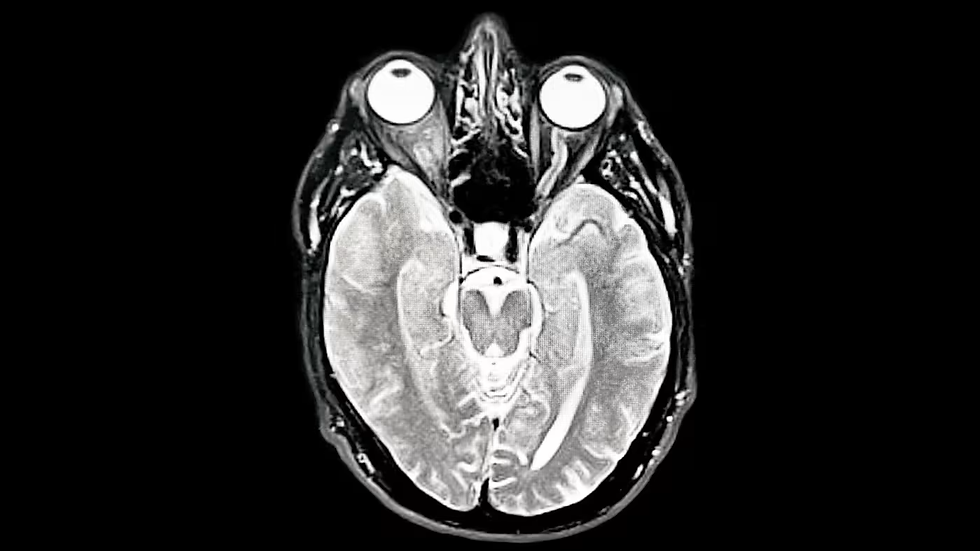Philippines Secures $400M ADB Support for Blue Economy and Coastal Communities
- Melissa Santañez
- Jun 11
- 2 min read

The Asian Development Bank (ADB) has granted a US$400 million loan to the Philippines to restore marine ecosystems, boost climate resilience, and support the country’s coastal economies.
On May 27–29, 2025, during the 16th BIMP‑EAGA Summit held in Kuala Lumpur, the Asian Development Bank (ADB) announced it is set to approve a US$400 million loan to the Philippines. This commitment forms part of the Marine Ecosystems for Blue Economy Development Program (Subprogram 1) under the country’s National Adaptation Plan (NAP) .
📅 When & Where
Announcement Date: May 27, 2025 — ADB President Masato Kanda confirmed the loan during the BIMP‑EAGA Summit
ADB Press Statement: ADB’s official documentation and the Climate Change Commission (CCC) confirmed details in early June 2025
🛠️ Program Scope and Objectives
Marine Ecosystems & Coastal Resilience
Strengthen management of marine areas, protect biodiversity, and integrate plastic and waste reduction measures.
Coastal Livelihoods & Infrastructure
Support sustainable activities such as seaweed farming, fisheries, island tourism, mangrove planting—and provide housing infrastructure resilient to storms.
National Adaptation Plan Integration
The loan aligns with NAP goals to strengthen climate adaptation, safeguard coastal habitats (e.g., mangroves, coral reefs, seagrass), and reduce economic vulnerability .
🤝 Regional & National Impact
Mindanao & Palawan Focus:
Chief Minister Macacua of the Bangsamoro Autonomous Region emphasized that funds will directly benefit coastal communities in Basilan, Sulu, Tawi‑Tawi, and Palawan — enhancing livelihoods through sustainable marine-based industries.
Complementing Coral Triangle Conservation:
This initiative strengthens existing efforts in high-biodiversity regions like the Danajon Bank and the Verde Island Passage, providing added resources for marine protection and sustainable development.
🌿 Why It Matters
Climate Resilience: Coastal ecosystems act as natural buffers against typhoons, floods, and erosion — protecting lives and livelihoods.
Sustainable Livelihoods: Funds encourage local economic growth through eco-friendly industries like seaweed farming and sustainable fisheries.
Policy Integration: The program deepens long-term climate adaptation via the National Adaptation Plan, aligning national priorities with science-based assessments, and mobilizing inclusive climate finance.
🌍 Focus Areas: Regions & Sectors to Benefit
🏝️ Mindanao & Bangsamoro (Basilan, Sulu, Tawi‑Tawi)
Funding directed at seaweed farming, small-scale fisheries, and island tourism projects
Infrastructure upgrades include climate-resilient water systems, with early phases targeting Sitangkai and Sibutu islands in Tawi‑Tawi
🐠 Palawan & Coral Triangle
Projects aim to preserve high-value ecosystems like Danajon Bank and Verde Island Passage, integrating marine protected areas and plastic circularity initiatives
💡 How Communities Can Get Involved
1. Mangrove Replanting & Restoration
2. Seaweed Farming & Sustainable Fisheries
3. Resilient Water Access Systems
4. Capacity-Building for LGUs and Coastal Communities
5. Plastic Circularity & Waste Management
So, the loan is basically more than just funding.
sources: The Saigon Times, Climate Change Commission









Comments